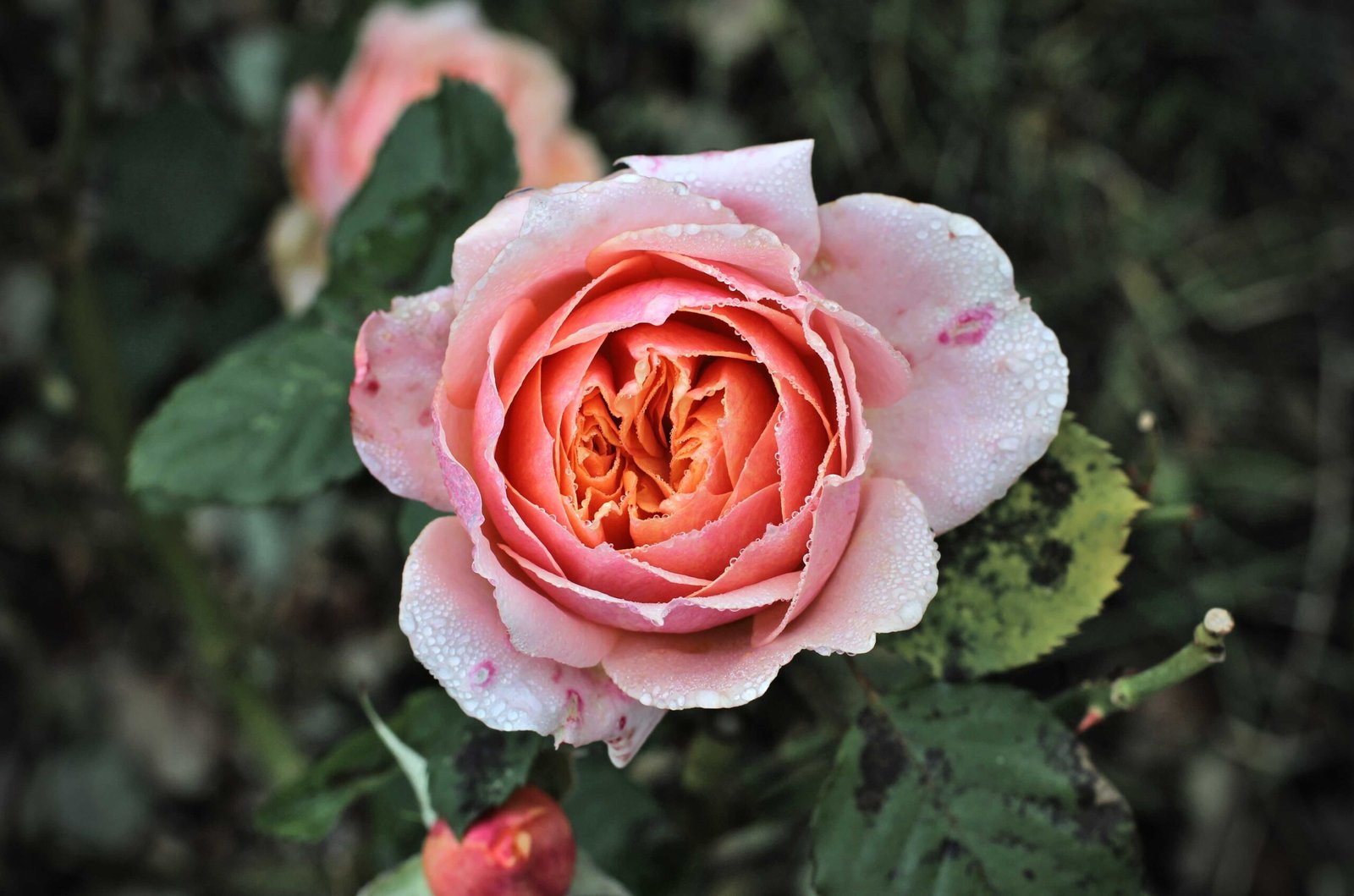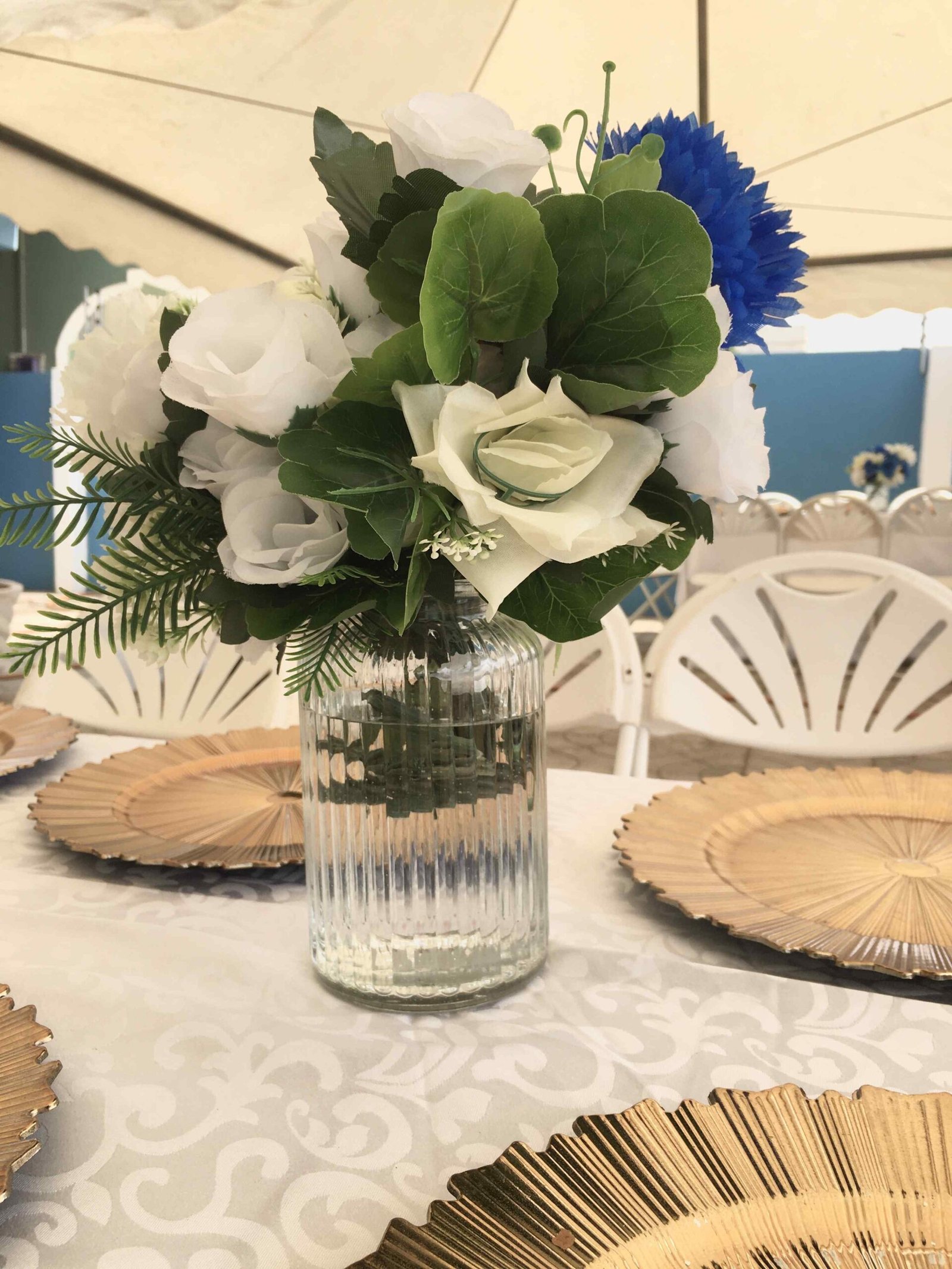What is the Best Time to Take Rose Cuttings?

Rose cuttings can be taken at different times of the year, depending on the type of cutting:
- Softwood Cuttings: Late spring and early summer, when new stems are flexible and just beginning to mature. These cuttings are typically 6-8 inches (15-20 cm) long and come from pencil-sized stems below faded flowers.
- Semi-hardwood Cuttings: Late summer and early autumn, when new stems have partially matured. These cuttings are also around 6-8 inches long.
- Hardwood Cuttings: Late fall or early winter, from mature stems that have hardened and entered dormancy. These can be longer, often 10-12 inches (25-30 cm).
How to Prepare and Plant Rose Cuttings?

- Choose healthy, strong stems from the current year’s growth.
- Cut the stems at a 45-degree angle, just above a leaf joint. Remove the bloom and stem tip, and cut each stem into the desired lengths.
- Remove all leaves except for one or two sets at the top of each cutting.
- Dip the base of the cutting into rooting hormone to stimulate root development.
- Plant the cuttings in a gritty compost mix (equal parts horticultural grit or perlite and multi-purpose compost) or a mix of coarse sand and perlite/vermiculite. Ensure the soil is moist but not soggy.
What are the Watering and Sunlight Requirements for Rose Cuttings?
Watering
- Keep the compost consistently moist but not waterlogged. Avoid letting the cuttings dry out, especially during the rooting process.
- Water the cuttings thoroughly after planting and maintain a moist environment until they root.
Sunlight
- Place the cuttings in a shaded spot or provide filtered sunlight, especially in hot weather. Direct sunlight can be beneficial in moderate climates.
- Keep the cuttings in a cold frame, the lee of a house wall, or a sheltered location to protect them from extreme weather conditions.
How to Fertilize and Maintain Nutrient Levels for Re-grown Roses?
Fertilizer Application
- After the cuttings have rooted and been potted individually, use a high-nitrogen fertilizer to promote healthy growth.
- Avoid using fertilizers during the rooting phase, as this can inhibit root development. Instead, focus on providing optimal growing conditions.
Specific Nutrient Ratios
- Once the new rose plants are established, a balanced fertilizer (e.g., 10-10-10 NPK) can be used. However, for the initial growth phase, high-nitrogen fertilizers (e.g., 20-5-5 NPK) can be beneficial to promote leaf and stem growth.
What are the Common Challenges and Solutions in Re-growing Roses?
Pest Management
- Keep an eye out for pests such as aphids, whiteflies, and spider mites. Use organic or chemical pest control methods as necessary to prevent infestations.
Disease Prevention
- Be aware of rose replant disease, which can occur when planting roses in soil where roses were previously grown. To prevent this, use fresh soil from a different part of the garden and apply a high-nitrogen fertilizer after planting.
- Regularly inspect the plants for signs of fungal diseases, bacterial spot, or black spot, and treat accordingly with fungicides or bactericides.
Environmental Conditions
- Ensure the soil does not become waterlogged, as this can lead to root rot. Maintain good drainage and avoid overwatering.
- Protect the young plants from extreme temperatures, wind, and frost. Use mulch or other protective measures if necessary.
Reference:
[1] BBC Gardeners’ World Magazine: How To Take Rose Cuttings
[2] GardenTech: Reproduce and Grow Roses From Cuttings
[3] Santa Clarita Rose Society: Improved Techniques for Propagating Roses from Cuttings
